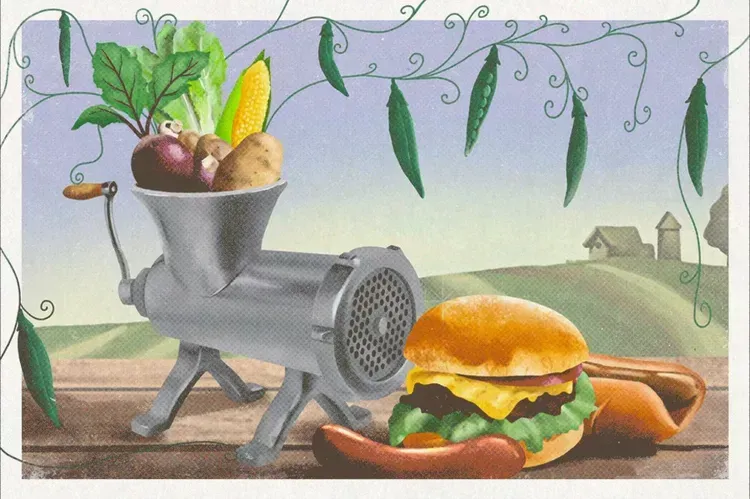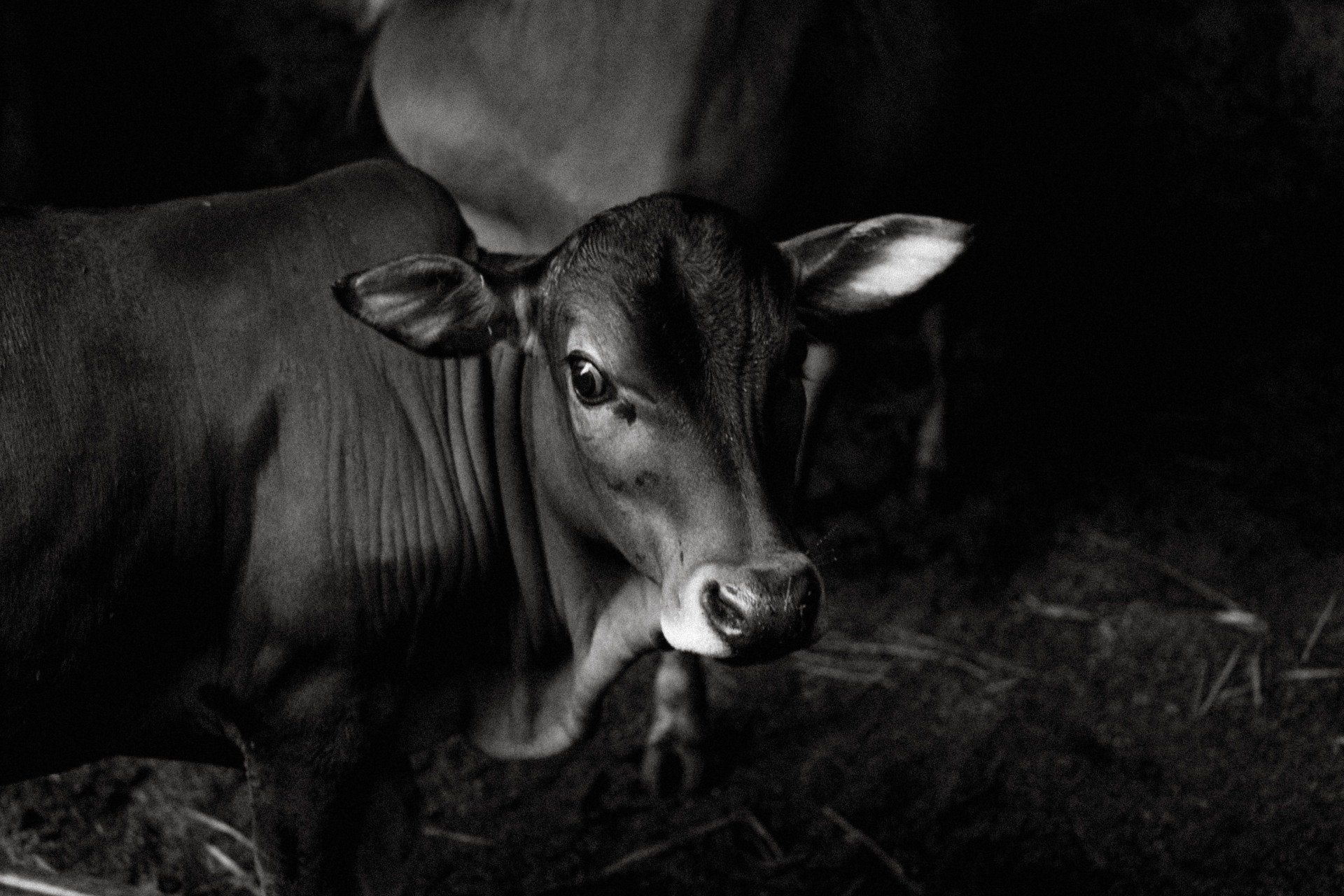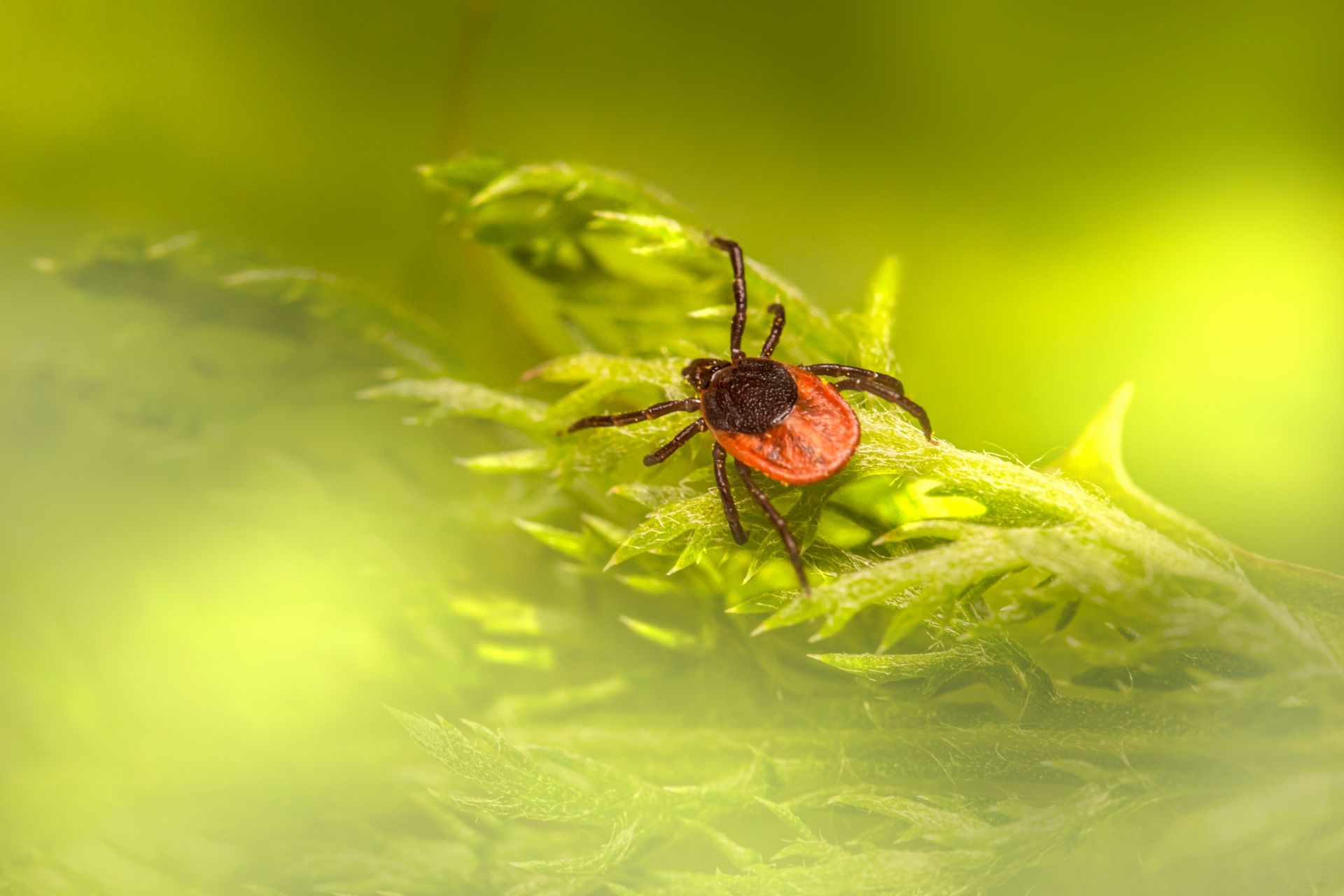State budget proposal includes funding for ag priorities
By Matt Reese, Ohio's Country Journal
Governor Mike DeWine recently released his proposed budget which includes funding for several Ohio agricultural priorities.
“The Ohio Department of Agriculture’s budget increased overall and individual line items have also increased. One of them is H2Ohio funding. Overall, $240 million was set aside for H2Ohio funds over the biennium and $49.3 million of that goes to agriculture each fiscal year. The rest of that funding is split up between Ohio EPA and the Ohio Department of Natural Resources,” said Jenna Reese, director of state policy for Ohio Farm Bureau. “We also saw a significant increase in funding to farmland preservation. That line item increased by about $7 million for just fiscal year 2022. We are excited to see the DeWine Administration continuing to support farmland preservation. The coronavirus relief for county fairs line item was created last year to get $4.7 million to county fairs and this fiscal year it has allocated $1 million to the Ohio State Fair under that line item.”
There is also significant funding for the expansion of rural broadband.
“The Governor’s budget currently contains $290 million for broadband expansion, which is the biggest amount of funding we have ever seen the State of Ohio pour into this issue,” Reese said. “Of that, $250 million is a one-time expenditure for broadband and $40 million is for funding for the Ohio Residential Broadband Expansion Program.”
At the same time, the Ohio General Assembly has been hard at work on a broadband bill, Senate Bill 8. SB 8 passed the Senate unanimously on Feb. 10.
“There has been a lot of movement on this in a short period of time. We are encouraged and excited about the action we have seen so early on this year,” Reese said. “ After 4 and a half years of work on this piece of legislation, the Senate has introduced, conducted hearings on and passed SB 8. It creates the Ohio Residential Broadband Expansion Program and sets up $20 million in grant funding that Internet service providers can apply with the state to receive to expand broadband access to our unserved areas.”
Now the governor’s proposed budget goes for consideration in the Ohio House of Representatives. State legislators have until June 30 to get the budget passed.
Home/Country Life/State budget proposal includes funding for ag priorities
You might also like
Jaynie Norman


